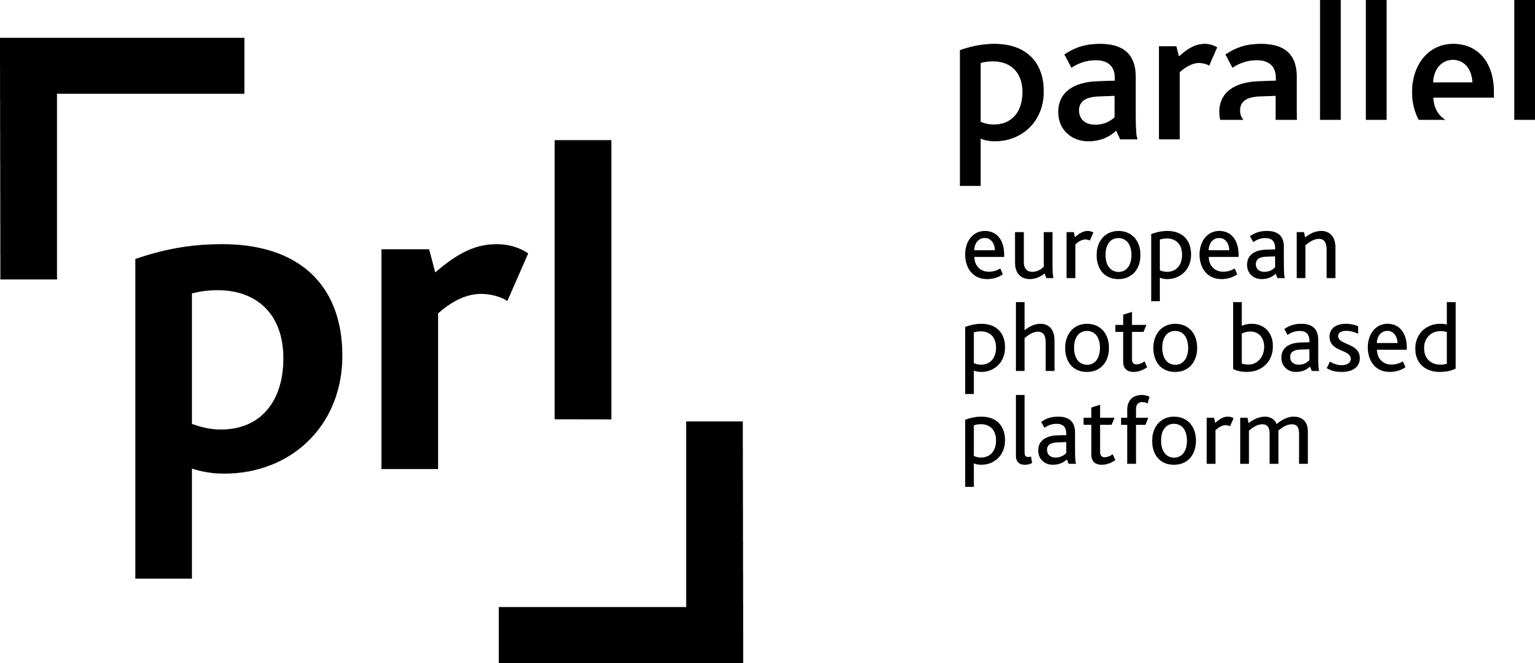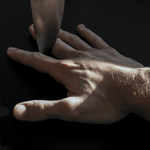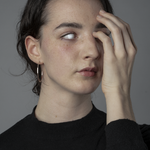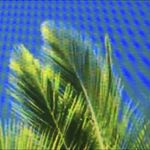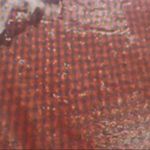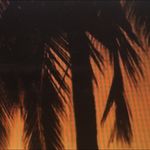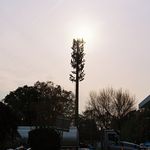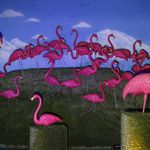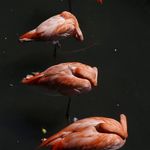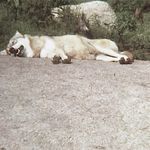To See Our Common/Place | Parallel

To See Our Common/Place
PARALLEL online exhibition
online exhibition opening + artist talk
Thursday, 17 September 2020, 11:00
artists: Gustavo Balbela, Joahnna Karjalainen, Indrė Urbonaitė, Domonkos Varga, Shelli Weiler
curator: Eszter Erdősi
The artist talk will be moderated by Alessandro Vincentelli.
COMING SOON: https://toseeourcommonplace.parallelplatform.org
UGM | Maribor Art Gallery is announcing the international exhibition To See Our Common/Place as part of the PARALLEL – European Photo Based Platform, which is in the light of the post-pandemic situation presented as an online exhibition. It features five young photographers from Europe, USA and Brazil, and is curated by Eszter Erdősi. In their projects, the artists focussed on the global ecological crisis, which increasingly calls into question the existence of life on Earth. Eszter Erdősi describes the project as an attempt to reclaim an awareness of our own political situatedness and personal agency in the shaping of our societies and the environment. While the exhibition does not deny that positive change on a global scale will most likely come in the form of structural change, it reflects on the ways in which individuals may become aware of the existing socio-political systems, so that it becomes possible to transform or dismantle them. The project also seeks ways to step out of the dominant framework of these structures in order to grapple with the seemingly ungraspable nature of the environmental crisis, and encourage us to look for solutions that may contribute to the larger global picture. “Only by dissecting the crisis can we step out of our ecological paralysis, foster a discussion around it, and hopefully, rise above it in the near future.” (E. Erdősi)
To See Our Common/Place was developed this year by the young photographers within the framework of PARALLEL – European Photo Based Platform.
Gustavo Balbela (b. 1997, Brazil) uses photography as a base on which to discuss issues related to his culture and society. In the Letters to the Ultramarine series, he shows how processes of colonization, self-colonization and capitalism manifest in suburban Brazil. The photographs are devoid of human presence and filled with a sense of alienation, underpinned by an artificially constructed identity of the local environment.
Johanna Karjalainen (b. 1987, Finland) experiments with the boundaries of nature photography by often intervening physically within the image and natural surroundings. She uses different printmaking techniques to emphasize the materiality of a photograph, and her work is often inspired by the process of reduction. Nothing but Disappointing discusses the relationship between human and non-human beings, by encouraging the viewer to rethink the socially constructed perception of animals. Through the use of video footage and images of animals in captivity and on trails in northern Finland, Johanna Karjalainen challenges the notion of objectification, and seeks ways to acknowledge the non-human gaze.
Indrė Urbonaitė's (b. 1986, Lithuania) video installation Don’t Speak Loudly – It’s Harmful for Butterflies discusses the consumption of the image of a place, when it comes to tourism. Her project uses stock images and negative reviews of various "must-see places" around the world, and explores the social construction of landscapes and the feelings of disappointment that are provoked by it.
Domonkos Varga’s (b. 1998, Hungary) project entitled Acts of Cassandra examines how utopian and dystopian ideologies relate to today’s technological and social changes. In his narrative, he covers a wide range of topics, from excessive techno-optimism and industrialism to social deformations of contemporary culture. He pessimistically presents futuristic phenomena, encouraging critical thinking and an evaluation of a rapidly changing world.
Shelli Weiler’s (b. 1996, USA) images from her False Spring series reflect on the way in which anthropogenic intervention and power structures disrupt regenerative cycles, as well as harmonious coexistence between human and non-human beings. Her project draws on tendencies of artificiality and performativity when it comes to the contemporary representation of flora and fauna in western culture, and discusses failures to correct the mistakes that stem from these patterns.
Eszter Erdősi (b. 1994, Hungary) holds a BA in History of Art and French from the University of Bristol, an MA in Art History from the Courtauld Institute of Art, and will begin her doctoral studies at the University of Edinburgh in autumn 2020. Her main focus of interest lies at the intersections of art and ecology, with a particular concern for the representation of non-human animals. Erdősi is drawn to theories of post-anthropocentrism, as well as to perspectives of climate justice and decolonisation in the context of art and the environment.
UGM I Maribor Art Gallery is one of the 18 members on the PARALLEL platform, led by Procur.arte, Lisboa. PARALLEL's aim is to create a collaborative space in the field of photography and contemporary visual arts. Over a four-year period (2017–2021), members work to create a recognizable exhibition platform for young photography, to disseminate the expertise of promising artists/curators and to develop new links between young artists and institutions.
KINDLY INVITED!
